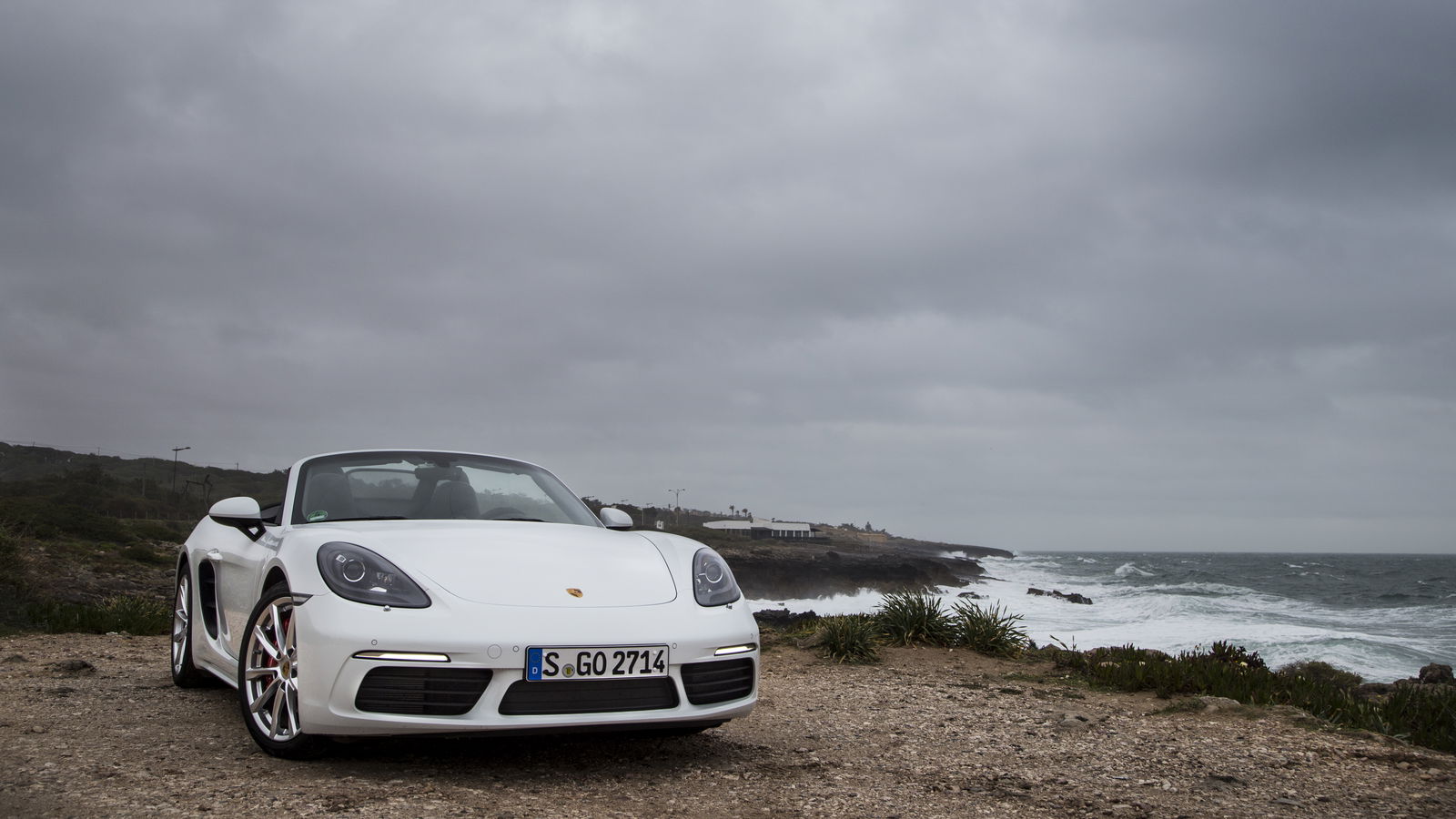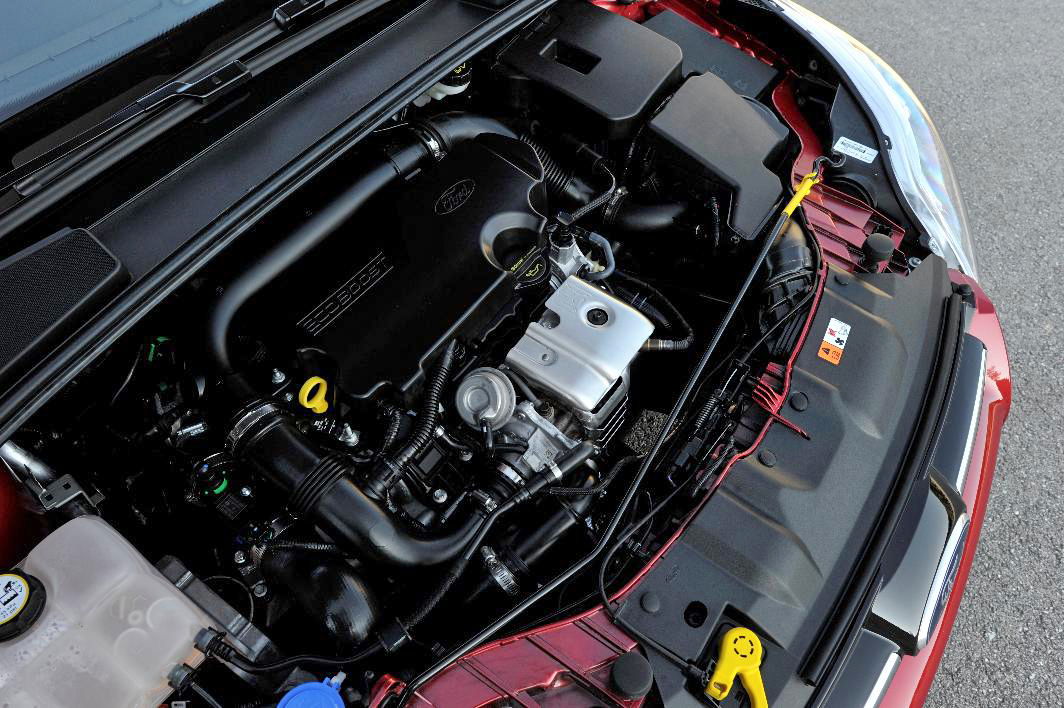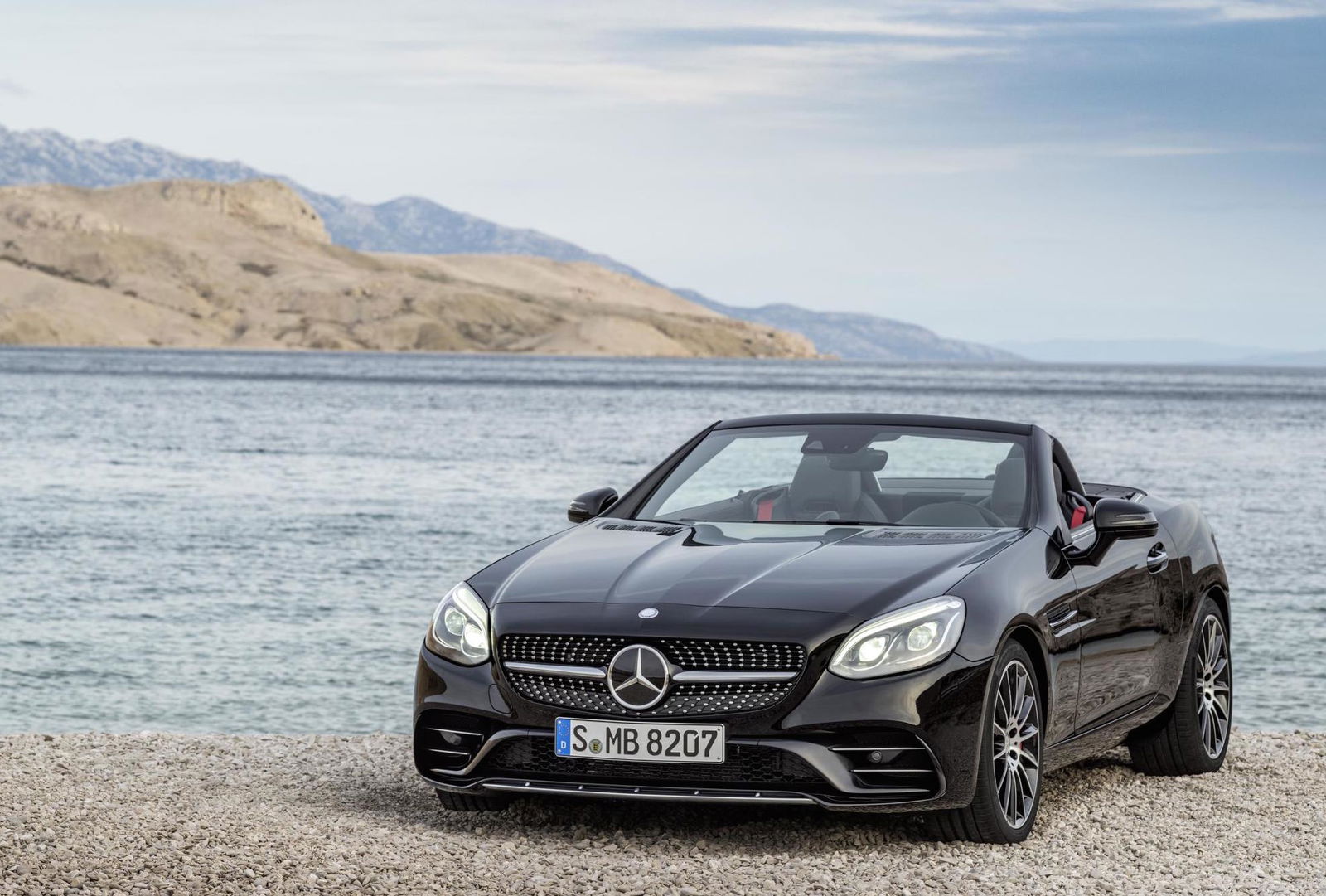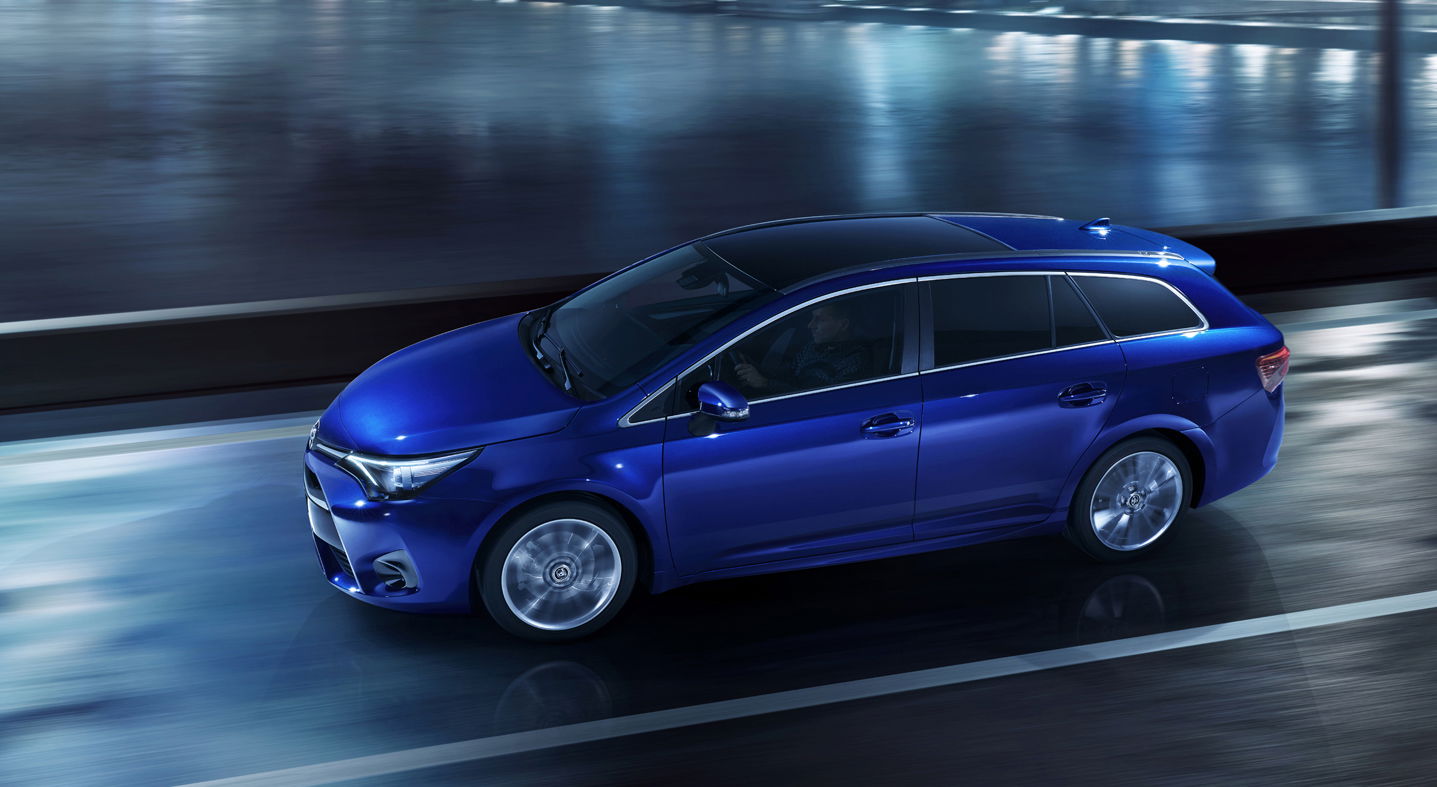Car Makers Are Finally Admitting That Downsizing Was A Stupid Waste Of Time And Money

As egg-on-face moments go, the industry-wide realisation that downsizing engines was actually a really stupid idea should be a big one, but it’s being swept under the marketing rug.
The fact is that those of us who always said that it was idiotic to stick tiny turbocharged engines in anything bigger than a shoe were right. Car makers are beginning to raise the CC count again in the wake of studies proving that real-world fuel consumption in newer engines is getting worse and that actual emissions levels are about as close to the official stats as tofu is to bacon.
There are companies that never really bothered with downsizing in the first place, like Lotus. Fair play. Mazda thought about it, did the maths and worked out it was a stupid idea, hanging on to its 2.0-litre petrol and 2.2-litre diesel engines but smashing everyone else’s real-world efficiency figures at the same time.

For most other firms, though, downsizing became a main pillar of their business models. It’s everywhere, from Ford’s dinky 1.0-litre EcoBoost rattling around the engine bays of everything from the Fiesta to the Mondeo, to Mercedes’ decision to ditch its glorious n/a V8s for turbo’d V6 and V8 replacements.
All of it was stupid, unnecessary and at least a partial waste of R&D budgets. The same Mercedes that binned most of its V8s in the name of efficiency and cut back the number of six-cylinder models to the bare minimum is now moving back towards six-pots and higher capacities. Volkswagen has replaced its 1.4-litre petrol with a 1.5. Upsizing is now becoming the engineering solution de rigueur, not that engineers, marketeers or anyone else on that side of the fence wants to shout about it yet, for fear of looking a bit daft over the colossal waste of resources that was downsizing in the first place.

At its origin the problem was, as usual, political. The EU parliament, in its infinite wisdom, decided that cars needed to be cleaner and imposed a series of ever-stricter restrictions on carbon and particulate emissions without really understanding the way internal combustion works.
Physics says that the amount of energy needed to move a car in any given scenario where all variables are constant stays the same. Therefore two engines, one downsized and turbocharged and the other larger in capacity but normally aspirated, need to produce the same amount of energy to move the fictional car, burning the same amount of fuel. The only way to use less fuel from a non-hybrid IC engine is to increase its thermal efficiency, so it can extract more energy from each combustion cycle.

Sure, there have been improvements there, but not enough to offset the fact that when you turbocharge an engine the driver ends up hoofing it everywhere because the acceleration comes easier, thus raising emissions and lowering fuel economy. Everyone loves torque, but try explaining that to the EU lawmakers. No one drives like the farcical NEDC test cycle, either, but again, try explaining that to Brussels.
Surely it should always have been a matter of common sense. Consider motorway cruising and take the humble Toyota Avensis, a super-comfy repmobile for people whose companies won’t pay for a 3-series. Not very CT, perhaps, but it illustrates the point. These days you get a 1.6-litre diesel that has to work hard to hold a steady 80mph, and don’t even think about an overtake without shifting down a couple of cogs. Wind the clock back a few years and you had a 2.2 that was as chilled at 80mph as a dog in a bean bag, and you could leave it in high gears even when dragging past someone. In my experience the under-stressed old 2.2 gets better fuel economy.
Downsizing was and is pointless. The claimed real-world benefits just aren’t there, and manufacturers are at long last quietly admitting it. Now, if we could all forget about it and move on to bigger and better things, that’d be great.

Comments
BRING BACK THE GLORIOUS 6.2L M156 ENGINE PLEASE MERCEDES
Downsizing does save weight though
They should make again lightweight, real driver cars with today’s tech
So McLaren will finally build a 6 liter v12, center seated car?
Cool! Try LiPo batteries. They give you constant power until the esc shuts it down. On my 6200mah LiPo i can go for about 40 min
i told you guys the 8.4L viper was super efficient no one believed me
“shout it from the rooftops” Coincidence?
One thing though, 1000hp in a 2.0L sounds more bad ass than 1000hp in a 8.0L. Same goes to 1000hp in a 4 banger vs 1000hp in a V12.
“Therefore two engines, one downsized and turbocharged and the other larger in capacity but normally aspirated, need to produce the same amount of energy to move the fictional car, burning the same amount of fuel”
That is correct. As a guy who digs forced induction (especially turbos), Im pretty sure many of us are, turbocharging will actually just reduce fuel economy due to one thing. Attitude. Turbo is a good techonology. By theory if we dont have it on load or not require too much power (off boost in short), in a 2.0L engine, we will probably save fuel until it is on boost. The problem is that, our attitude. We love that turbo whistling sound. Thus we would floor it WHENVER we have the chance to have that glorious whistle. And on the other hand, we hate lag and some turbos like the BW EFR series have full boost as early as 3k RPM range which is very close to our cruise RPM. And with that we would have it probably on boost a little bit if not full. In my opinion, the best thing about downsizing is that, its compact. We can have a smaller engine yet with the same power. Nissan’s DIG-T-R engine. That 1.5L 400bhp Devil, fits in your hand. Amazing! I can put it in an old Mini Cooper and make it a sleeper. But economy wise not really, full boost all the time.
Engineering Explained Any thoughts on this?
Still, I hope this isn’t the end for the 1.0 EcoBoost, I love that little engine!
Pagination